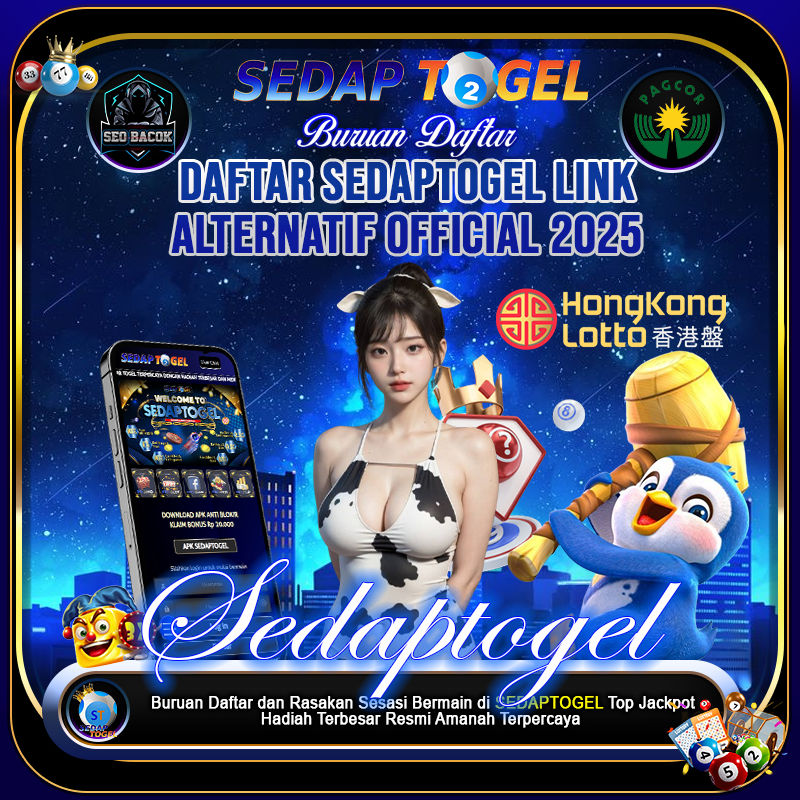SEDAPTOGELTahun 2025 membawa kemudahan baru bagi para pecinta togel online melalui artynft.io, yang kini menjadi salah satu link alternatif resmi untuk akses ke SEDAP TOGEL.
Sebagai situs bandar togel terpercaya yang sudah dikenal luas, SEDAPTOGEL selalu menyediakan akses cepat dan aman bagi semua member. Link alternatif ini hadir untuk memastikan para pemain tetap bisa login dan bermain tanpa hambatan, terutama jika situs utama mengalami gangguan akses atau pemblokiran.











